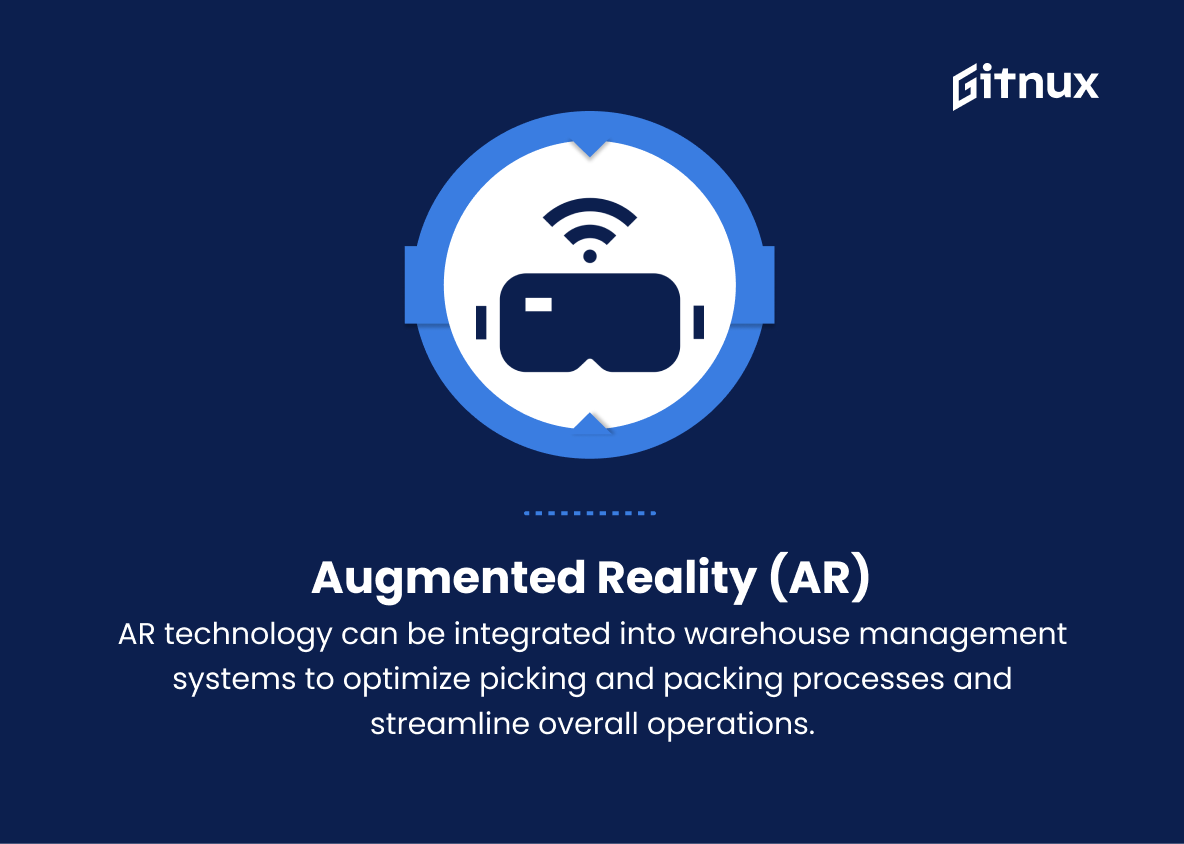In today’s fast-paced global market, efficient logistics management has become crucial for businesses to stay competitive and agile.
As we continue to navigate the complex landscape of supply chain management, harnessing the power of emerging technologies has become a top priority for industry leaders. In this thought-provoking blog post, we will delve into the latest logistics technology trends that are shaping the future of the industry.
We will examine the most promising innovations, their potential impact on both operational efficiency and sustainability, and discuss how organizations can successfully adapt and capitalize on these game-changing developments.
Join us as we explore these transformative trends and the crucial role they play in revolutionizing the modern logistics landscape.
Top Logistics Technology Trends
1. Autonomous vehicles
Self-driving trucks and delivery vans are poised to revolutionize logistics by reducing human error, improving fuel efficiency, and increasing overall productivity.
2. Robotics and automation
The use of robots and automated systems in warehouses for tasks such as picking, packing, and sorting is expected to increase efficiency and reduce labour costs.
3. Internet of Things (IoT)
IoT devices and sensors will help track inventory, monitor the condition of goods, and facilitate real-time decision-making in the supply chain.
4. Drones
Drones are being used to quickly deliver lightweight goods to remote locations, as well as to monitor warehouse operations and inventory.
5. Blockchain
This secure technology allows for the tracking and tracing of goods throughout the supply chain, improving transparency and reducing the risk of fraud.
6. Artificial Intelligence (AI)
AI can be used for process automation, optimized decision-making, advanced analytics, and forecasting demand, leading to more efficient logistics operations.
7. Augmented Reality (AR)
AR technology can be integrated into warehouse management systems to optimize picking and packing processes and streamline overall operations.
8. 3D printing
On-demand manufacturing enabled by 3D printing technology may reduce logistics costs by producing goods closer to the end consumer, reducing shipping distances and times.
9. Sustainable logistics
With growing concerns over the environmental impact of logistics operations, businesses are exploring ways to reduce their carbon footprint. This includes adopting electric vehicles, optimizing routes, and using energy-efficient warehousing solutions.
10. Real-time tracking and visibility
Advanced tracking systems with real-time data will enable more accurate and timely information about goods’ location, helping improve delivery times and reduce bottlenecks.
11. Big Data
The analysis of data collected from various sources can offer insights into consumer demand, inventory management, and transportation efficiencies, potentially lowering costs and improving decision-making.
12. Machine Learning
The use of machine learning algorithms can help optimize shipping routes, manage warehouse space more efficiently, and make accurate predictions about future trends.
13. Cloud-based solutions
Cloud computing allows for more efficient data storage and improved accessibility of information across the supply chain, improving communication and collaboration among stakeholders.
14. 5G networks
The implementation of 5G networks is expected to provide faster, more reliable connections for IoT devices, improving communication and data transfer throughout logistics operations.
15. Smart containers and pallets
Equipped with GPS and other sensors, smart containers can help improve inventory management, reduce theft, and optimize shipping routes.
These trends paint a picture of a highly connected, efficient, and sustainable future for logistics, with a continued emphasis on embracing digital solutions to streamline operations and improve supply chain transparency.
Implications
In the future, logistics will be revolutionized through the implementation of cutting-edge technologies such as autonomous vehicles, robotics, IoT, drones, and blockchain, coupled with data-driven insights provided by artificial intelligence, big data, and machine learning.
Augmented reality, 3D printing, and cloud-based solutions will help optimize warehouse operations, while sustainable practices and real-time tracking solutions will enhance the supply chain’s ecological and efficiency-related performance.
Moreover, the advent of 5G networks and smart containers will facilitate seamless communication, ensuring that businesses remain highly connected and efficient.
These trends signify a transformation towards an increasingly digital and sustainable logistics landscape, characterized by enhanced transparency, efficiency, and more informed decision-making.
Conclusion
In conclusion, the emerging logistics technology trends are revolutionizing the way we handle supply chain management, transport, and logistics.
By incorporating advanced tools such as AI, IoT, blockchain, and autonomous systems, businesses can streamline their operations, enhance transparency, reduce costs, and meet the growing demands of customers efficiently.
As these technologies continue to evolve, it is essential for companies to stay ahead of the curve and embrace these innovations to create a more sustainable, productive, and customer-driven future in the logistics industry.
By investing in the right technologies, logistics providers can enhance the overall effectiveness of their services, ensuring their continued success and growth in an increasingly competitive marketplace.
















